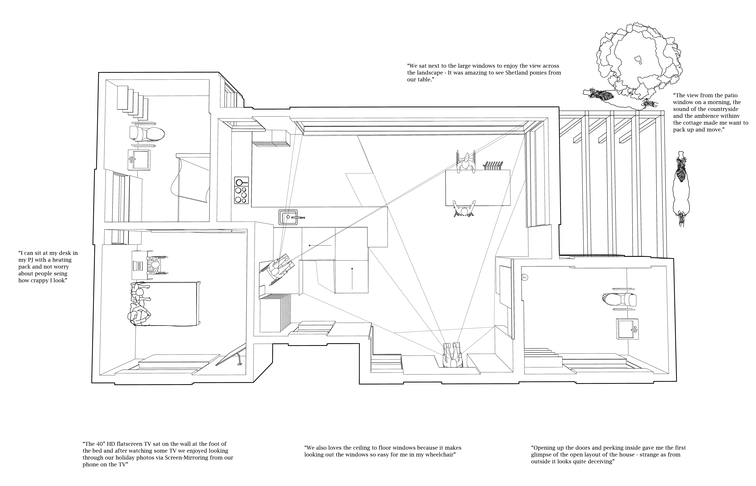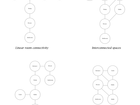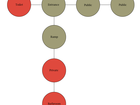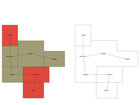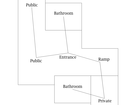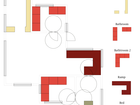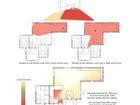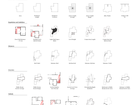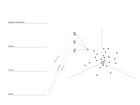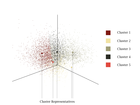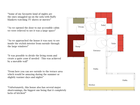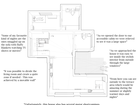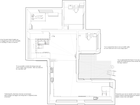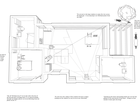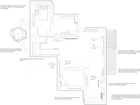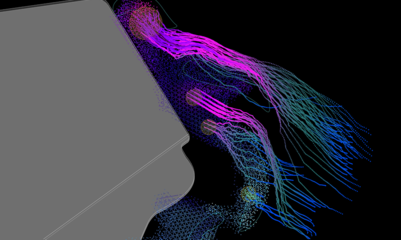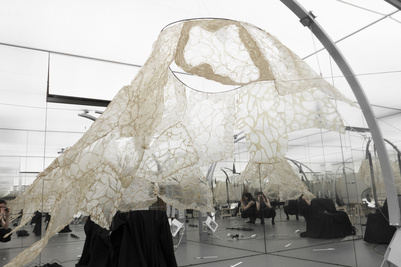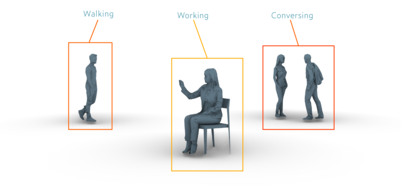Qualitative Quantities
Intersecting Qualitative Data and Generative Design to target aspects of Mobility Impairment in Architecture.
This project aims to develop method. The project positions itself at the intersection between the generative production of building designs and qualitative evaluations of their merits. The project’s ambition is to understand and challenge the inherent biases in the design process of space for the mobility impaired, whose experience of life might be difficult to understand for able-bodied designers.
The project will use parallel data processing where qualitative data that describes the narrative and subjective experiences of wheelchair users will be compared with quantitative data that describes measurable design features and standards as defined by building regulations.
Qualitative data is used to inform the rules which generate designs and to evaluate the models that are generated, while quantitative methods generate solutions that comply with regulations but are not intuitively recognised as good solutions, which questions the interpretations of the qualitative data and the assumptions of the designer.
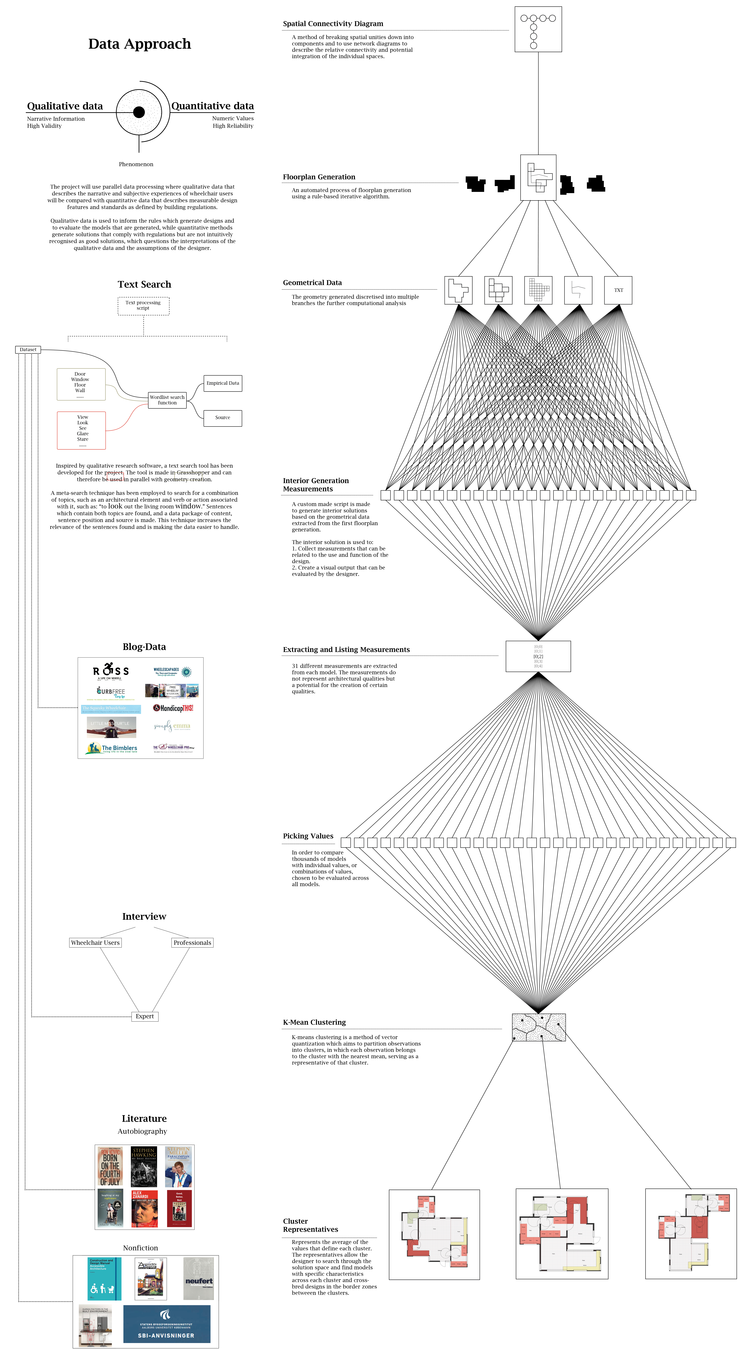
The methodology developed is based on the idea of a human-computer conversation. The cognitive powers of humans combined with processing power of computers can evaluate different sides of the same phenomena using a parallel process of qualitative and quantitative analyses.
Thousands of models is produced using a generative alogrithm to produce a wealth of design options that meet the standards of the building regulation. An architect will then be able to explore this search space which will have different options clustered based on their performances is key design criterias.

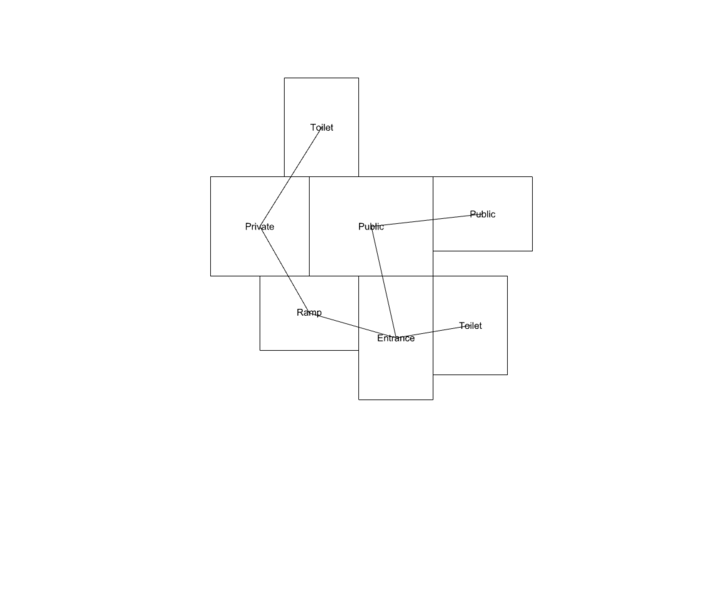
Architectural qualities of light, space and openness stimulate complex emotions in us. The feeling of space is very subjective and subtle, making it hard to represent using numeric performance data. This problem is indicative of an important issue in computational design, how do we quantify qualitative data to rank and represent design options in terms of how they make us feel?
To address this problem sufficiently, without reducing the complexity of information too much, a method of measurement extracion and clustering have been used. Two architectural qualities have been identified, relating to the visual aspects of how we experience space, which are Outlook and Overview.
K-mean clustering is used to group the models based on the measurements of interest, chosen prior to the clustering. A cluster representative is the design that best demonstrates the average of the values that define the cluster.
The cluster representative enables a search of specific characteristics across each cluster and for combinations of characteristics in the border zones between several clusters. This provides an overview for the user and helps to organise thousands of models according to specific interests that help the designer navigate the solution space.
Perspective sketches is made to communicate the architectural qualities of the generated models and to evaluate against the qualitative data. This representational technique offers a chance to entwine the findings in the generative process, in the data used and the intuition of the designer and to evaluate the models found prior to further architectural design.
This is thought of as an informed starting point and the sketches can be used to communicate the intentions and findings to clients and colleagues.
